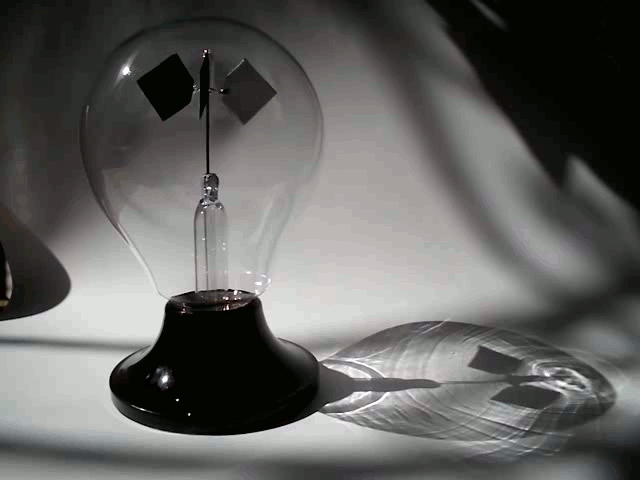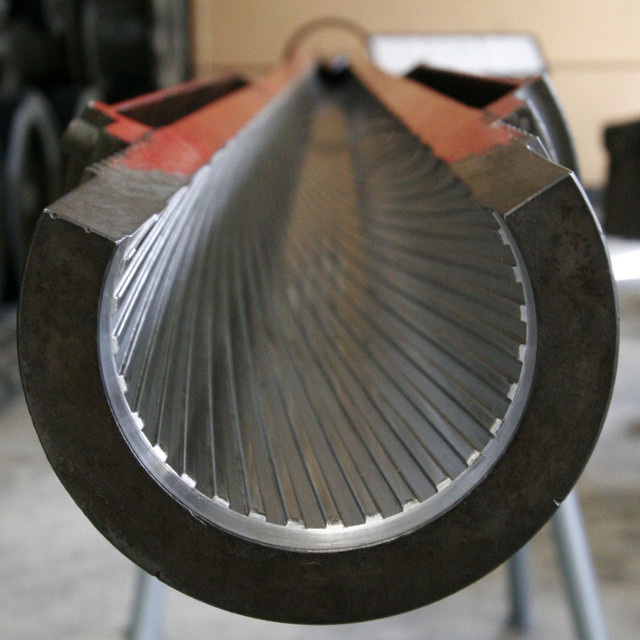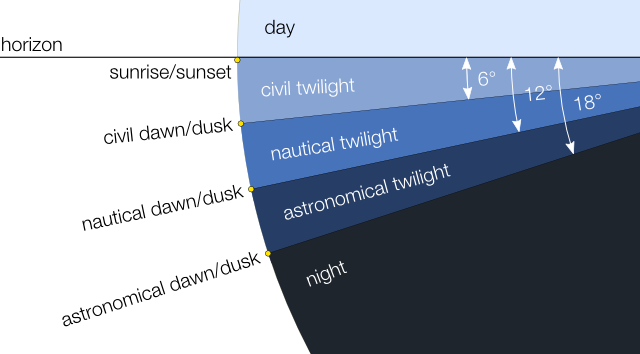A bhangmeter is a radiometer, a device that measures the power of electromagnetic radiation. Most people are already familiar with one type of radiometer, the Crooke’s radiometer, which detects infrared radiation.

A Crooke’s radiometer. The higher the flux of infrared radiation the faster it spins.
Bhangmeters are placed on reconnaissance satellites* in order to detect nuclear weapon detonations and to measure their yield. Bhangmeters are designed to look for the characteristic “double flash” created when nuclear weapons detonate: the first initial bright flash being caused by the actual detonation of the weapon and the second being caused when the ionised gas shock wave cools enough to allow light from the fireball to escape.
The name “bhangmeter” was created by Frederick Reines (who later won the Nobel Prize for Physics for his work on detecting neutrinos), who suggested that one would have to be on bhang (an Indian drink made from marijuana) to believe that the detector would work.
* The US Department of Defense’s GPS satellites also carry bhangmeters.
 The Brunt Ice Shelf, with the Brunt Ice Falls behind it.
The Brunt Ice Shelf, with the Brunt Ice Falls behind it.






